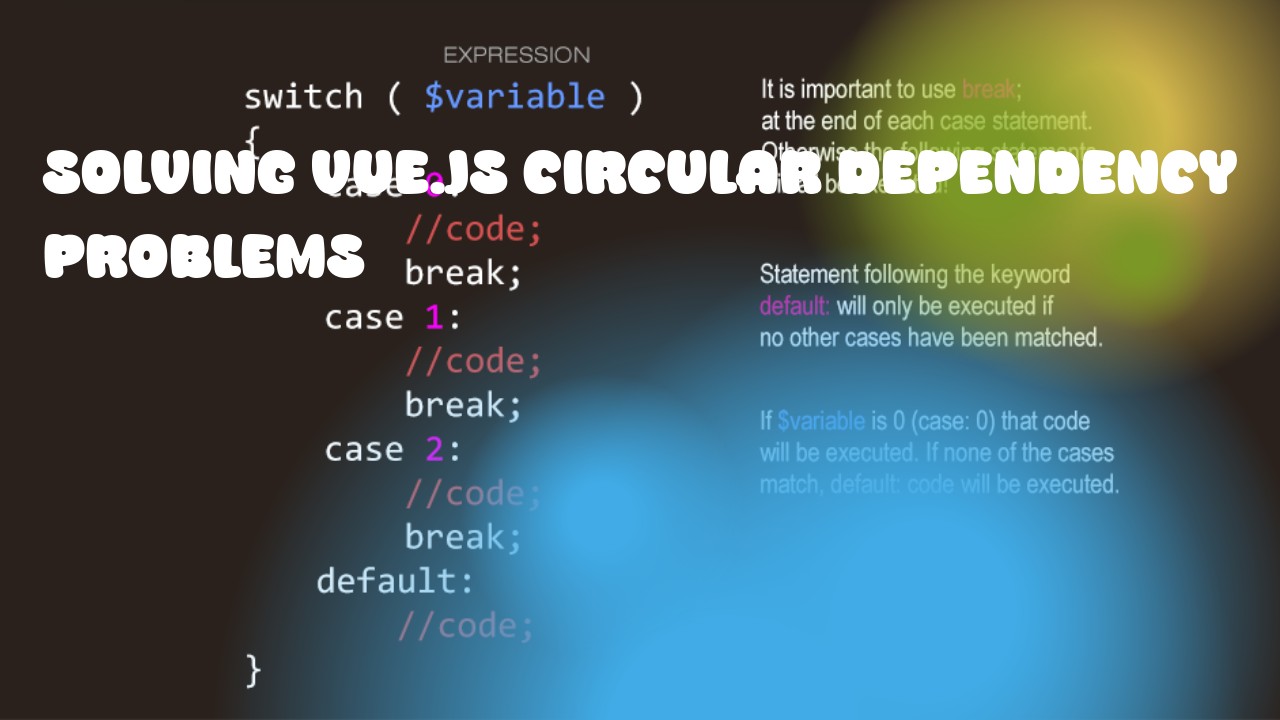Circular dependencies occur when two or more modules depend on each other directly or indirectly, creating a loop in the dependency graph. In Vue.js, circular dependencies can lead to unexpected behavior and bugs in your application. Here are some strategies you can use to solve them:
-
Separate Concerns: Instead of trying to load all data into a single component, split it up into smaller, more manageable components that only load the data they need. This will help avoid circular dependencies.
-
Use Dependency Injection: You can use dependency injection to break the circular dependency by passing in the necessary dependencies as parameters instead of requiring them from each other directly.
-
Lazy Loading: Vue.js provides a built-in feature called "lazy loading" which allows you to defer the loading of components until they are needed, thereby breaking any circular dependencies.
-
Use Vuex for State Management: Vuex is a state management library that can help manage your application's global state and avoid circular dependencies by enforcing best practices for component communication.
-
Consider Using Webpack: Webpack is a module bundler that allows you to dynamically import modules only when they are needed, which can also help break circular dependencies.
-
Refactor Code: You can refactor your code to eliminate circular dependencies by restructuring your components and using proper data flow. This might involve rethinking how your components interact with each other or how you structure your data.
Here is an example of a Vue component that has a circular dependency:
import ComponentA from './ComponentA';
export default {
name: 'ComponentB',
components: {
ComponentA,
},
methods: {
fetchData() {
// Code to fetch data
this.$store.dispatch('fetchUserData');
}
},
};
In this example, ComponentB depends on ComponentA and ComponentA depends on the Vuex store. This creates a circular dependency because both components need each other in order to function properly.
To solve this problem, you could refactor your code like so:
export default {
name: 'ComponentB',
data() {
return {
userData: null,
};
},
methods: {
async fetchUserData() {
this.userData = await this.$store.dispatch('fetchUserData');
}
},
};
In this refactored version of the code, instead of relying on ComponentA to fetch data, you can fetch it directly in the component itself using the Vuex store. This breaks the circular dependency because ComponentB no longer depends on ComponentA or the Vuex store directly.

